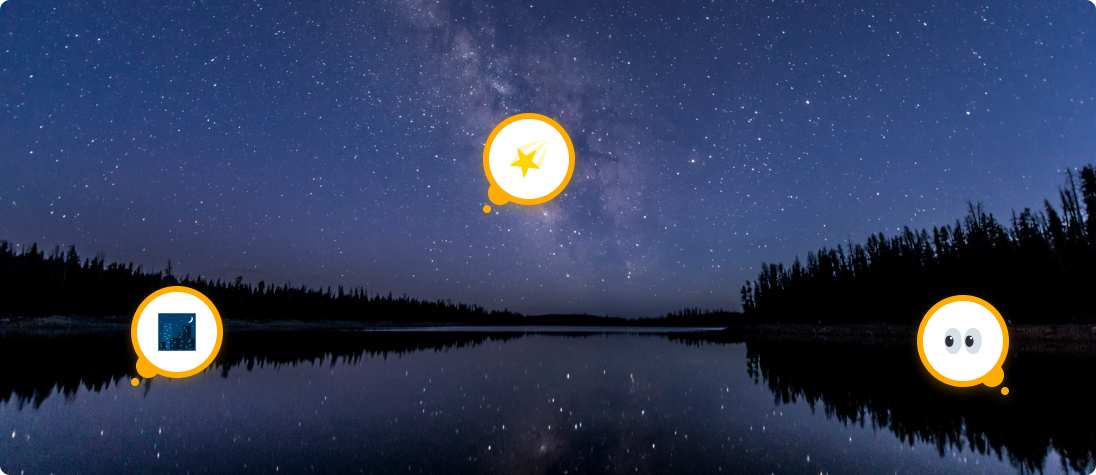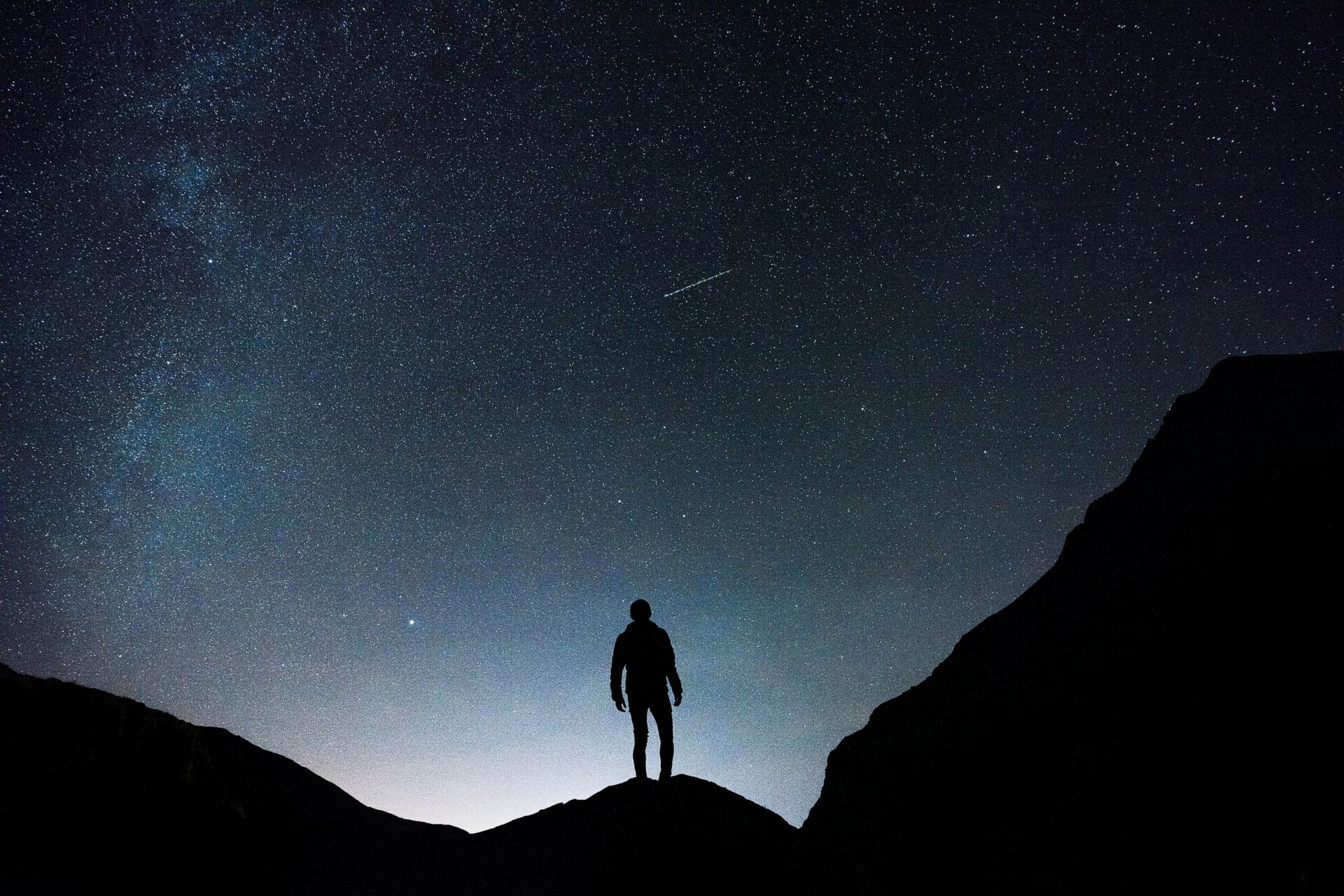Summer Stargazing: Tips for Observing the Night Sky
July 03, 2024 . 3 min read . Author: YouMap

What is stargazing? As the name suggests, it’s the practice of observing and admiring the beauty of the night sky. What is the best time for stargazing? The days before and after every new Moon. Autumn and spring are also popular seasons for this activity, though summer and winter are also fine. Do you want to learn more? Then keep reading!
What Is Stargazing?
What does stargazing mean? The act of observing the night sky. It is becoming quite popular, gathering more and more fans to watch cosmic events together. This isn’t surprising, though – it’s quite easy to start stargazing, which definitely attracts more people to this hobby.
What is the best time for stargazing? Most die-hard stargazers will suggest spring or autumn and the days before or after a new Moon. This is caused by two important reasons:
- During summer, the nights are short, so stargazing is limited; during winter, it is too cold to enjoy this activity fully.
- There is no moonlight in the sky in the days before and after a new Moon, which makes it easier to spot more stars.
Where to Go Stargazing?
Are you wondering where to go stargazing? Well, there is one answer to that – get as far away from the city as you can. Why?
In large metropolitan areas, there is a lot of light pollution, which makes it much harder to see stars. It’s the same logic as with the stargazing timing – with too much light, you won’t be able to observe all the stars you want. This is why you should look for spots that are far from the cities.
Additionally, since you want the sky to be as dark as possible, you might look for secluded spots where light is darker due to physical obstacles, like mountains, blocking the light. You might also try some stargazing apps and look for places that are between 1 and 3 on the Bortle scale – the metric used to determine how bright the sky is.
You may also use our social mapping app, YouMap, to find maps created by other stargazers. There, you’ll see the best spots for this activity near you, so you won’t have to spend time looking for them on your own.
Stargazing Tips
We have already explained the basics of stargazing, so now, let’s follow up with some practical tips. What do you need to know to make the most out of this experience?
- When selecting the location, choose a spot that is as close to the horizon as possible.
- Be sure to check the weather forecast – you wouldn’t like to drive an hour or two to the perfect stargazing spot just to find out that it’s too cloudy to observe the night sky, would you?
- Start by watching stars with your bare eyes, and when you’re able to recognize the constellations, switch to binoculars to see even more celestial objects.
- Engage with the local stargazing community – use our app to connect with other stargazers, and don’t be afraid to contact a local astronomy center. The more, the merrier.
- Document your trips and tell your story with maps, using YouMap to create a personalized journal of your adventures!
- Watch out for astronomical events, such as:
- meteor showers,
- lunar and solar eclipses,
- northern lights.
They are truly spectacular, so you wouldn’t like to miss them, right?
| Looking for information on summer stargazing events? Check out the following links: |
The Takeaway
Summer stargazing might be a bit difficult since the nights are shorter, but it will be extremely pleasurable – after all, the summer night weather is just perfectly comfortable. So, what are you waiting for? Grab your phone with YouMap on it, your binoculars, and/or your telescope, and get ready to stargaze tonight!
You might also read: The Most Popular UFO Sighting Stories

